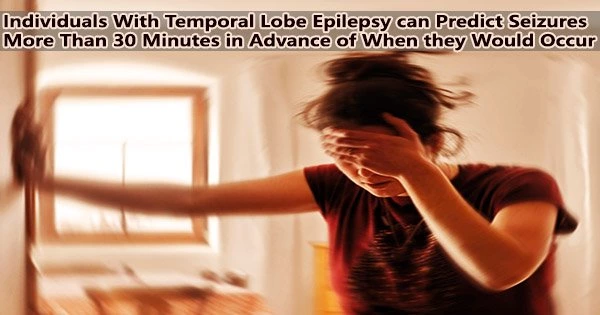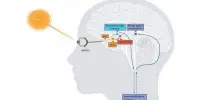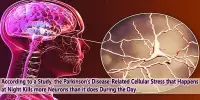Temporal lobe epilepsy (TLE) is a type of epilepsy that originates in the temporal lobes of the brain. It is the most common form of focal epilepsy and accounts for about 60% of all cases of partial seizures.
According to new research from UTHealth Houston, temporal lobe epilepsy patients may predict seizures more than 30 minutes before they begin, which opens the door to a therapy employing electrodes that could be activated to prevent seizures from occurring.
The study was just published in NEJM Evidence, a journal of the New England Journal of Medicine, under the direction of Sandipan Pati, MD, associate professor in the Department of Neurology with McGovern Medical School at UTHealth Houston.
“The ability to predict seizures before they occur is a major step forward in the field of epilepsy research,” said Pati, senior author of the study and a member of the Texas Institute for Restorative Neurotechnologies at UTHealth Houston Neurosciences. “These findings are significant because they suggest that we may be able to develop more effective therapies for epilepsy, which could greatly improve the quality of life for patients who suffer from this condition.”
TLE can be caused by a variety of factors, including head injury, infections, brain tumors, and genetic factors. Diagnosis of TLE usually involves a combination of medical history, neurological examination, and diagnostic tests such as EEG (electroencephalogram) and MRI (magnetic resonance imaging).
This study was made possible by the collaboration of a team of experts in neurology, neurosurgery, and neuroscience. It highlights the importance of interdisciplinary research in advancing our understanding of brain disorders.
Sandipan Pati
Surgery is a common treatment for many patients with epilepsy. But, surgically removing a portion of the brain is not an option when seizures impact bigger portions of the brain. Neuromodulation therapy could offer an alternative solution for patients with these seizures, Pati said.
Studies in the past using continuous electroencephalography (EEG), which measures and records electrical activity in various parts of the brain, have suggested that seizures in people with focal-onset epilepsies frequently happen during times of increased risk, which are represented by pathological brain activities called “pro-ictal states.”
The success of adaptive neuromodulation depends on the early detection of seizures, which enables the application of therapeutic electrodes to the thalamus and seizure onset zone of the brain.
Pati’s team examined a prospective, continuous series of 15 patients with temporal lobe epilepsy who underwent limbic thalamic recordings in addition to standard intracranial EEG for seizure localization in order to distinguish these pro-ictal states. In total, they analyzed 1,800 patient hours of continuous EEG.
Patients with temporal lobe epilepsy had pro-ictal states identified by the researchers at least 35 minutes before the start of a seizure. Pro-ictal states were distinguished at least 45 minutes before seizure onset in 13 of 15 participants. In two of 15 participants, they were distinguished up to 35 minutes prior.
Pati’s notion still needs to be put to the test in clinical trials, but he thinks that modulating these brain areas during pro-ictal periods may be a useful therapeutic strategy to the treatment of temporal lobe epilepsy. Yet, this knowledge might result in the creation of medication or electrical therapy meant to stop seizures.
“This study was made possible by the collaboration of a team of experts in neurology, neurosurgery, and neuroscience,” he said. “It highlights the importance of interdisciplinary research in advancing our understanding of brain disorders.”
The most prevalent seizure disorder, which affects over 50 million people worldwide, is temporal lobe epilepsy. On each side of the head, behind the temples, there are two temporal lobes.
About 80% of all temporal lobe seizures are caused by mesial temporal lobe epilepsy, which is characterized by seizures beginning in or close to the hippocampus, a region of the brain that regulates memory and learning. Neocortical or lateral temporal lobe epilepsy involves seizures starting in the outer section of the temporal lobe.
Omar A. Alamoudi, PhD, postdoctoral research fellow in the Department of Neurology with McGovern Medical School at UTHealth Houston, contributed to the study. Other co-authors included Adeel Ilyas, MD, and Kristen O. Riley, MD, both with the University of Alabama at Birmingham.
















